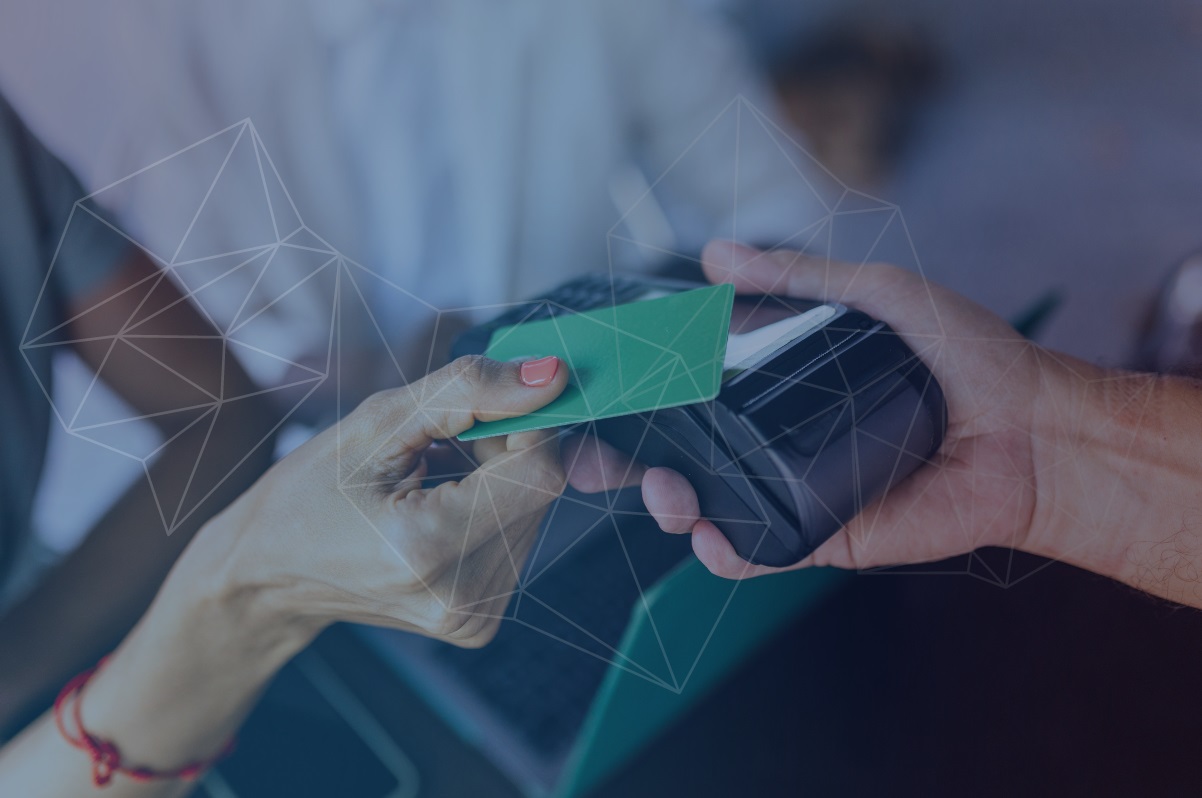Gamification of a company: Why are achievements and medals a good investment?
You may not have noticed it, but games have been around you for a long time—even if you’re not a gamer. You can find them in apps on your smartphone, in your education, and even at work. It’s all thanks to gamification. In short, it’s the application of gaming techniques to non-gaming processes. The goals and implementations of this can be very different, but today we will talk about gamification within a company.
Why introduce gamification?

Someone might now wonder: we have a serious business and no time for kids’ games. What’s the use of them at all? But we can dissuade you: game-playing techniques allow you to add an extra pinch of involvement to your work. The fact is that when we play, we produce dopamine, a neurotransmitter that is part of our internal “reward system.” It makes us feel satisfied with the work we’ve done, which increases our motivation and performance. According to the eLearning Industry 2020 data, using gaming techniques even reduces stress at work for 66% of those surveyed.
All of this can be more than just profitable for companies—psychologist Mario Stadgen states in his 2015 paper Gamification and Motivation: if you implement gamification correctly, you will get a high percentage of ROI. And now we’re going to figure out exactly how.
Talent retention
Employee turnover always brings higher training costs for new hires, lower revenues, and lower expertise. At the same time, quality training can increase the percentage of talent retention. And by quality, we don’t just mean informative, but the most interesting courses that will make you feel engaged or even excited. No one wants to watch a boring 40-slide presentation. As the saying goes, all work and no play makes Jack a dull boy: according to TalentLMS’ 2019 data, 49% of employees quickly tire of standard training without game-based techniques.
In a nutshell, in the area of employee training, gamification will be able to:
- Update the approach to informing employees about new products;
- Make onboarding simpler, more concise, and engaging;
- Combined with microlearning, it will increase ROI, and employees will absorb the information faster.
For example, NTT introduced the Samurai game to test employees’ leadership skills. After answering a few questions, participants joined a quest to show how well they could lead people. This approach helps find good leaders and lets them know which employees need to sharpen their skills and in which area.
Job involvement
According to Gallup, employees who are properly engaged in their jobs double a company’s customer satisfaction. It also works the other way around—the less engaged, the less satisfied.
With gamification, companies can build an entire culture of engagement if they haven’t had one before. According to the eLearning Learning study, gamification techniques increase engagement by up to 60%. A variety of enterprise platforms using them allow employees to track their progress and pay attention to the skills that need additional development. As a result, achievements become visible, and employee goals become clearer, making work more fun and less burdensome. According to the TalentLMS data, 87% of employees feel more engagement and attachment to the company and the team if game elements are used in their work.
In addition, you can run the organization’s ideals and goals through corporate gamified platforms. The more your employees are exposed to them, the more they will understand them. This, too, will have a significant impact on their engagement.
Job evaluation
In their Training Industry Report for 2020, Training Magazine wrote about conflicting numbers: on average, U.S. companies spent $1,111 on training per employee last year, $175 less than they did in 2019. But even that budget is by no means guaranteed simply by default—every department, including the training department, needs to prove its effectiveness. That being said, attaching any clear metrics can be pretty challenging.
Gamification tools can help with that as well. As with engagement, employees get virtual rewards through training in the LMS. The opportunity to move up the leaderboard spurs the desire to develop further and more actively. Features like these are ideal for visually assessing training quality and engagement.
Improving employee health
This has become a scorching topic during the COVID-19 pandemic, but we’ve encountered little of it so far compared to previous options. More and more companies are now incorporating gamification into their health programs, tying them into a reward system. This is how they incentivize favorable behavioral changes in their employees. For example, organizations are implementing smartphone apps or smart devices. Through them, each employee receives personalized notifications about their well-being factors: data on calorie intake, reminders to drink water, stretch, or a comparison of how many hours they slept and how much they need to sleep. This approach saves a lot of money.
One of the most common diseases in IT is kidney stones. Speaking of the U.S., one case of kidney stone disease in an employee can cost an employer about $2,500 if they pay for the insurance. And it can be repeated if they don’t change their habits and drink more water. In 2017, United Healthcare published in their study that for every dollar spent on wellness programs, employers got nearly $3 ROI. Gamified wellness programs are an excellent way for businesses to reduce healthcare costs because gamification ensures that every employee is actively involved.
For example, Ochsner Health System created a game where employees who earned enough points received a discount on insurance premiums for a year. More than half of the participants reached the highest level and were eligible for the most considerable discounts. And the company itself saved money, as people developed healthier habits and visited doctors less.
Rapid adaptation to change—including crisis
In recent years, our lives have been transformed by global crises. This, in turn, has led to an increase in employee anxiety. They fear layoffs, experience problems with productivity and motivation when working remotely, and suffer from negative emotions from the information background.
Gamification can be a solution to these problems. It helps to change approaches to employee motivation, to connect the company’s services and products with something fun and interesting, bringing positive emotions.
Using game mechanics to solve business problems can be explained by the growing popularity of game consoles, computer games, and online games on mobile devices worldwide. Suppose a company’s communication involves a game element. In that case, employees associate their work with the positive emotions they experience while playing video games. In this way, the company helps them escape daily problems and worries and focus more on work. Gamification not only helps to achieve key productivity goals but also makes the business more profitable.
The bottom line
We don’t need to remind you that gamification has a lot of advantages, and you need to implement it. In 2022, gamification techniques are a must-have for companies that want to stay trendy. It is also a more pleasant bonus for your employees than just cookies and game consoles in the office. According to the TalentLMS data, 78% of those surveyed think an organization is more attractive if its processes are gamified. After all, none of us are immune to burnout, which causes us to stop seeing the meaning in our work. Gamification is not a panacea, but it is a good safety net for such cases so that your employees stay longer and understand why they are here and why they should stay with you.
Stay tuned for more on gamification in our next article!




